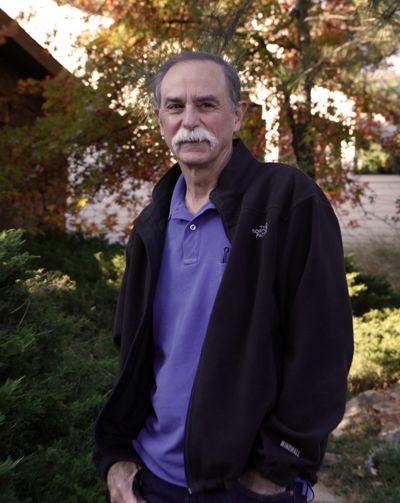Particle study earns scientists Nobel Prize

Two scientists who invented methods to observe and measure the behavior of tiny particles, a key step toward developing powerful quantum computers, were awarded the Nobel Prize in physics Tuesday.
Working independently, American David J. Wineland of the National Institute of Standards and Technology and Serge Haroche of France developed ways to study individual particles of matter and light without destroying them, a feat that was previously thought to be impossible because quantum particles lose their special properties when anything interacts with them.
Because of the “exquisite control” Wineland and Haroche were able to exert over the systems they studied, they “were able to do things that people had dreamed of previously, but had never been able to achieve,” said Mark A. Kasevich, a professor of physics and applied physics at Stanford University.
The two winners’ work is similar and complementary. Wineland, who runs the Ion Storage Group at the institute in Boulder, Colo., traps charged atoms called ions and studies them with carefully controlled beams of light.
Haroche, a professor at the College de France and the Ecole Normale Superieure, both in Paris, takes another approach: He traps individual photons – single particles of light – and studies them by controlling the way they interact with individual atoms.
Both physicists’ approaches allow individual particles to be studied with their quantum attributes intact. One of these attributes is the ability to be in more than one place or state at a time.
The laws of classical physics state that a particle can only be in one state at a time – the light switch is either on or off. But once individual particles are isolated, they stop obeying the laws of classical physics and begin assuming quantum properties.
Originally, these quantum properties – including the ability to be in more than one place at once – could only be understood via mathematical formulas and theoretical thought experiments. But Wineland’s and Haroche’s work allows for these states to be observed directly in the laboratory by controlling the experimental conditions with precision.
“That’s hard, because quantum states are fragile,” Kasevich said.
Such precise control has allowed engineers to build ever-more-accurate atomic clocks, Wineland said.
It has also allowed physicists to “start to play games” with the particles’ quantum properties to create quantum computers.